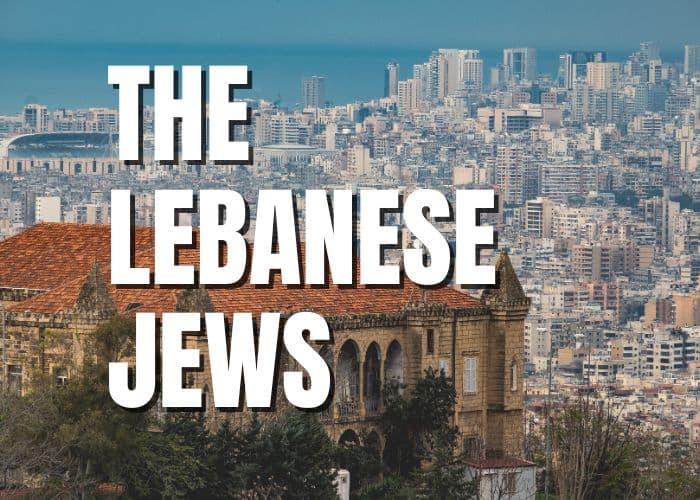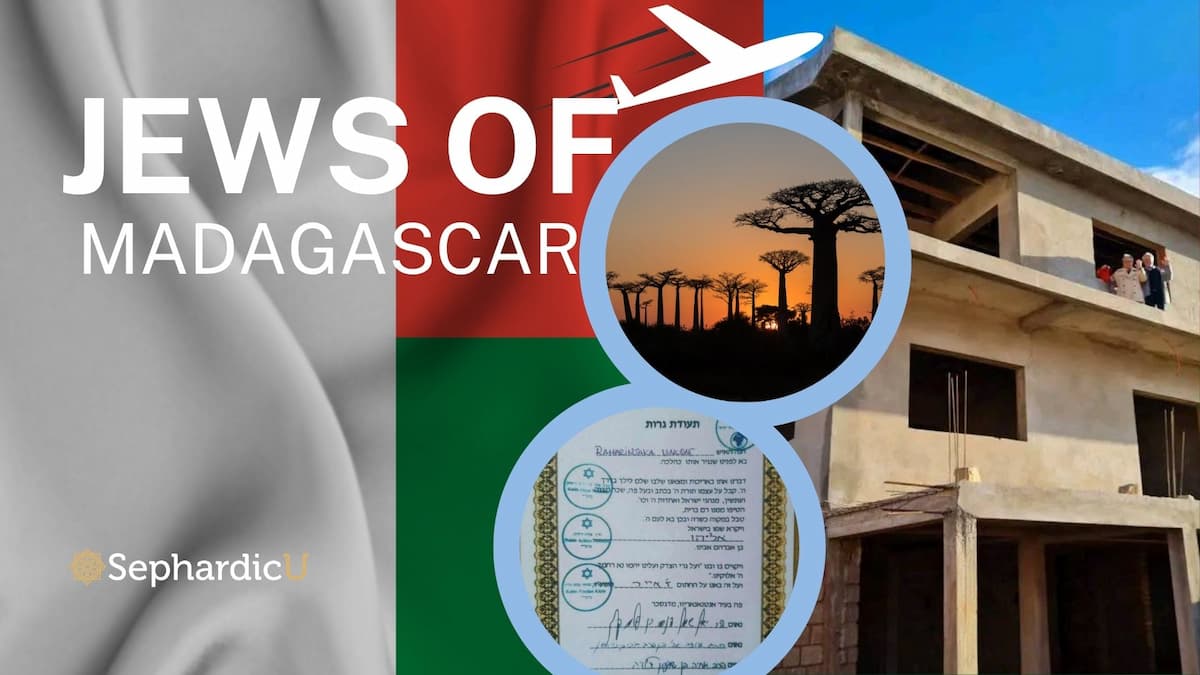Lebanese Jews have a long and complex history in the region, dating back to the biblical times. Today, the community is small but vibrant, and continues to make important contributions to Lebanese culture and society. In this article, we will explore the history, present-day communities, culture, religious liturgy, and notable people and accomplishments of the Lebanese Jewish community.
- History:
The history of Jews in Lebanon dates back to biblical times, with Jewish settlements documented in the region as early as the 6th century BCE. Over the centuries, the Jewish community in Lebanon has faced periods of persecution, but also enjoyed periods of relative tolerance and prosperity. During the Ottoman period, the Jewish community in Lebanon was granted certain rights and privileges, and some Jews even rose to prominent positions in society. However, during the French Mandate period, tensions between the Jewish and Arab communities in Lebanon began to rise, leading to sporadic violence.
In the mid-20th century, many Lebanese Jews emigrated to Israel and other countries due to economic hardship, political instability, and the Arab-Israeli conflict. Today, the Lebanese Jewish community is estimated to number between 100-200 people, with most living in Beirut.
- Communities Today:
The Lebanese Jewish community is small and tightly-knit, with most members living in the capital city of Beirut. The community has its own synagogue, Maghen Abraham, which was built in 1925 and underwent a major renovation in the 1990s. The synagogue still holds regular services, and is also used for cultural events and community gatherings.
In recent years, the Lebanese Jewish community has also begun to reach out to the wider Lebanese population, with the establishment of the Association of Lebanese Jews. The organization aims to promote dialogue and understanding between Jews and non-Jews in Lebanon, and to preserve the cultural heritage of the Lebanese Jewish community.
- Culture:
The Lebanese Jewish community has a rich cultural heritage, with influences from both Jewish and Lebanese traditions. One of the most notable aspects of Lebanese Jewish culture is its cuisine, which features a blend of Middle Eastern and Mediterranean flavors. Traditional dishes include kibbeh, a type of meatball made with bulgur wheat and spices, and sfeeha, a savory pastry filled with ground lamb or beef and pine nuts.
Lebanese Jewish music is also an important part of the community’s cultural identity. Traditional Jewish songs and prayers are often accompanied by the oud, a stringed instrument similar to a lute, and the tabla, a type of drum. Lebanese Jewish musicians have also made significant contributions to the wider Arabic music scene, including musicians such as Zaki Nassif and Philemon Wehbe.
- Religious Liturgy:
The Lebanese Jewish community follows the Sephardic tradition of Judaism, which originated in Spain and was brought to the Middle East by Jews expelled from the country in the 15th century. Sephardic Jews have their own unique religious liturgy, which differs from that of Ashkenazi Jews (who originated in Eastern Europe).
The main synagogue of the Lebanese Jewish community, Maghen Abraham, follows the Sephardic rite and holds regular services throughout the year. The community also celebrates traditional Jewish holidays such as Rosh Hashanah, Yom Kippur, and Passover.
- Notable People and Accomplishments:
Despite its small size, the Lebanese Jewish community has produced a number of notable figures throughout history. These include:
- Albert Cohen: A writer and novelist who was born in Greece to a family of Lebanese Jews. Cohen’s work explored themes of identity, exile, and the human condition.
- Yvette Naubert: A dancer, choreographer, and novelist who was born in Beirut to a Jewish family. Naubert was known for her pioneering work in the field of dance in the early 20th century. She was the founder of the first dance school in Lebanon and was instrumental in popularizing the art form in the country.
- Another notable Lebanese Jew is the philosopher Henri Corbin, who was born in Paris to a Lebanese Jewish family. Corbin is known for his work on Islamic mysticism and the study of religion. He was a professor of Islamic Studies at the Sorbonne and is considered to be one of the most important scholars of Islamic philosophy in the 20th century.
- In the field of music, the Lebanese Jewish community has produced many talented musicians, including the composer and conductor Maurice Azar, who was born in Beirut in 1914. Azar studied at the Paris Conservatory and went on to conduct many orchestras around the world. He was also a prolific composer and wrote music for film, theater, and television.
- In the world of business, the Lebanese Jewish community has also made significant contributions. One example is the Sassoon family, who were originally from Baghdad but later settled in Lebanon. The Sassoons were involved in many different businesses, including banking, shipping, and trading. They were also known for their philanthropy and were major supporters of Jewish causes in Lebanon.
Despite the challenges that the Lebanese Jewish community has faced over the years, including discrimination and persecution, they have remained resilient and have continued to make important contributions to Lebanese society. Today, the community is much smaller than it once was, but there are still a few hundred Lebanese Jews living in the country, primarily in Beirut.
The Lebanese Jewish community has a rich history and culture, and their story is an important part of the larger story of the Jewish people in the Middle East. By learning about their history, traditions, and accomplishments, we can gain a better understanding of the diversity and complexity of the region’s cultural landscape.








Ohr HaChaim Yomi – Emor